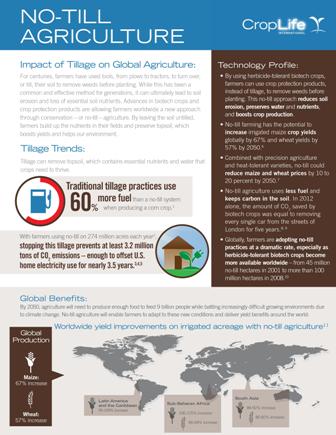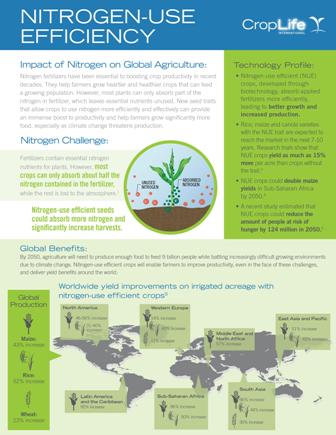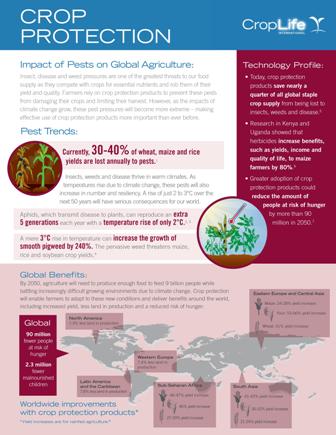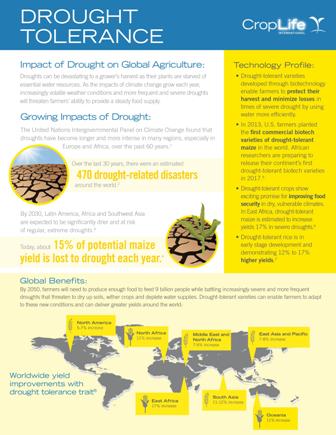July 2015. By 2050, agriculture will produce enough food to feed 9 billion people, while increasingly adverse weather conditions it faces. Find out how tillage, crop efficient use of nitrogen, crop protection and drought tolerant will allow farmers to improve productivity and adapt to new conditions and varieties face the new challenges to achieving benefits worldwide.
No-Till Agriculture
For centuries, farmers have used tools, from plows to tractors, to turn over, or till, their soil to remove weeds before planting. While this has been a common and effective method for generations, it can ultimately lead to soil erosion and loss of essential soil nutrients.
Nitrogen-Use Efficiency
Nitrogen fertilizers have been essential to boosting crop productivity in recent decades. They help farmers grow heartier and healthier crops that can feed a growing population. However, most plants can only absorb part of the nitrogen in fertilizer, which leaves essential nutrients unused.
Crop Protection
Insect, disease and weed pressures are one of the greatest threats to our food supply as they compete with crops for essential nutrients and rob them of their yield and quality. Farmers rely on crop protection products to prevent these pests from damaging their crops and limiting their harvest.
Drought Tolerance
Droughts can be devastating to a grower’s harvest as their plants are starved of essential water resources. As the impacts of climate change grow each year, increasingly volatile weather conditions and more frequent and severe droughts will threaten farmers’ ability to provide a steady food supply.



















